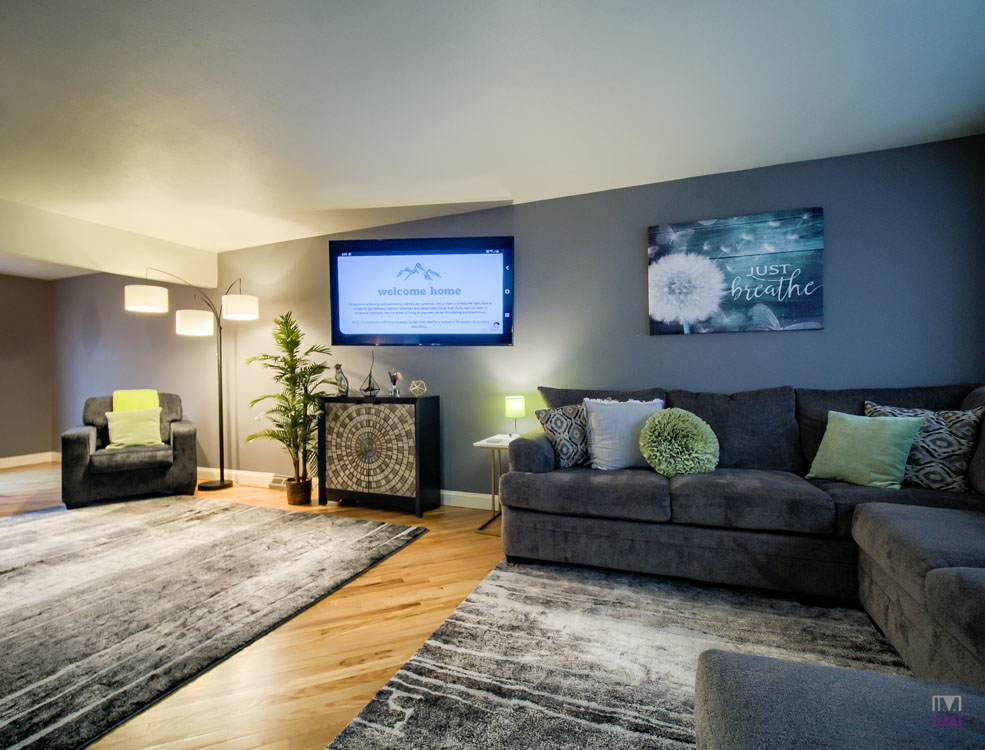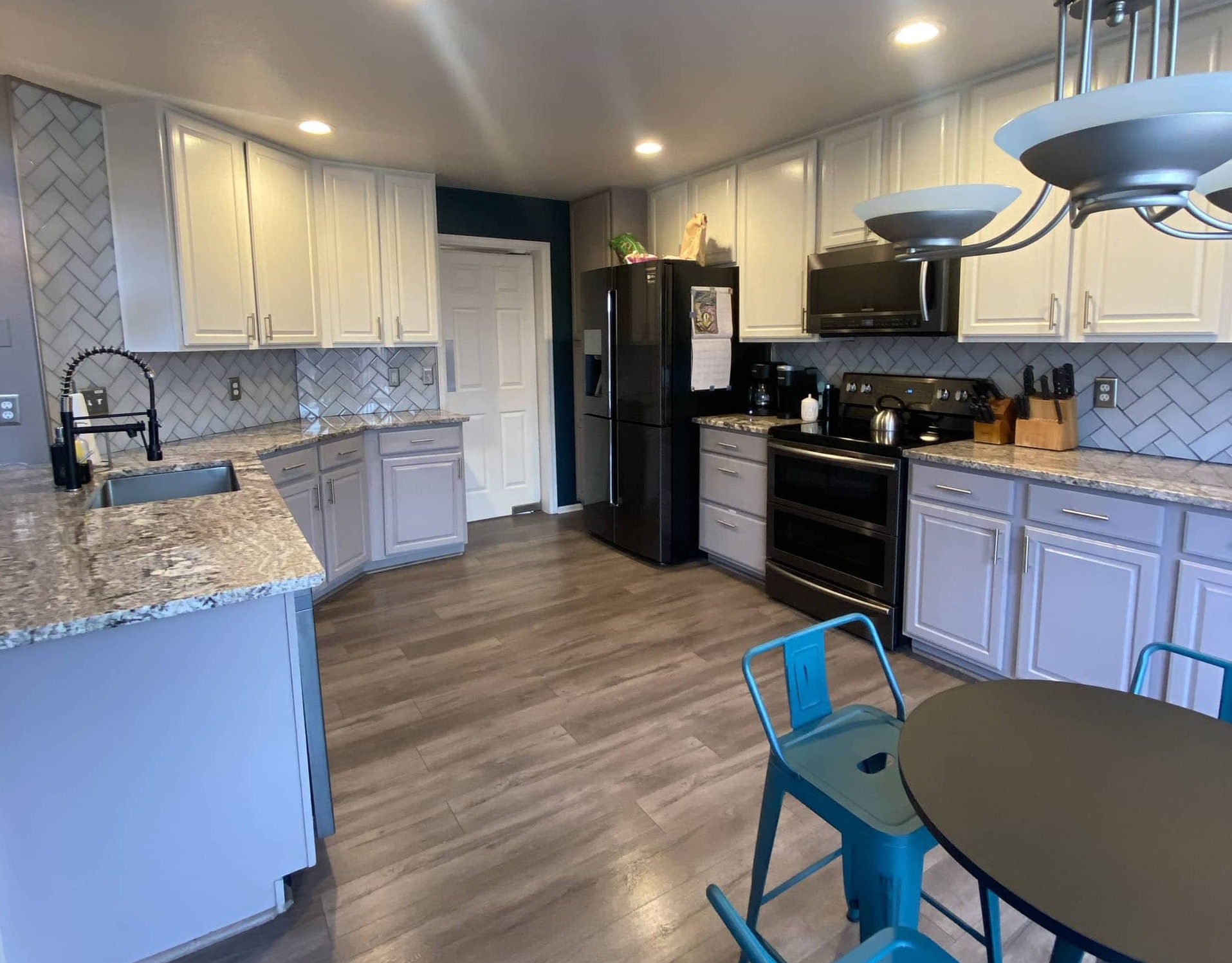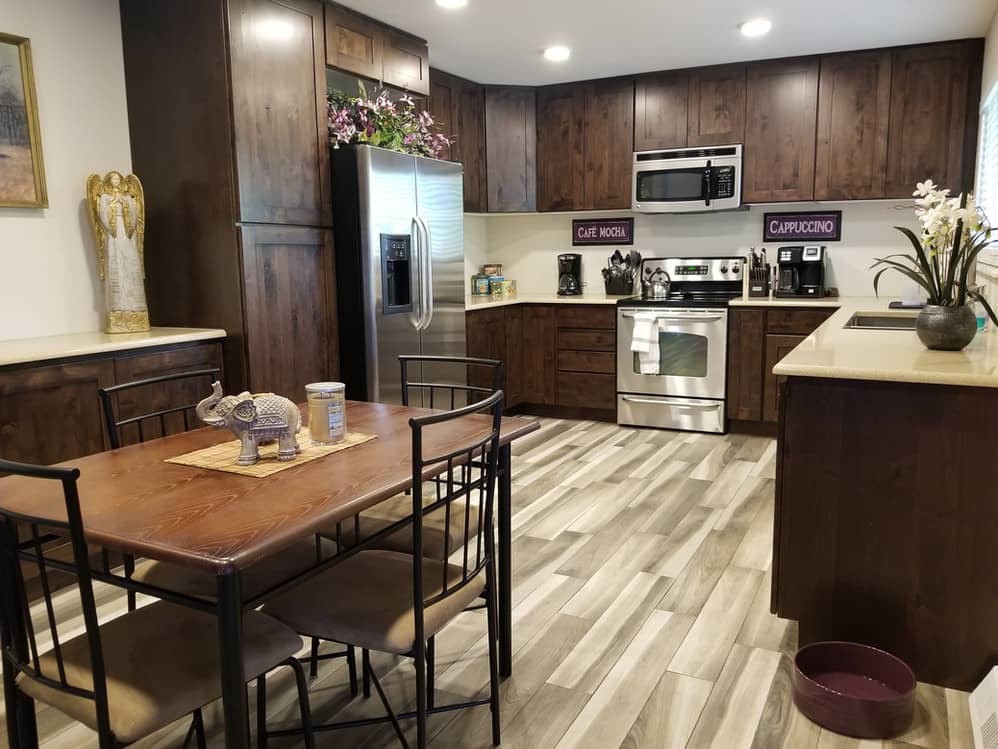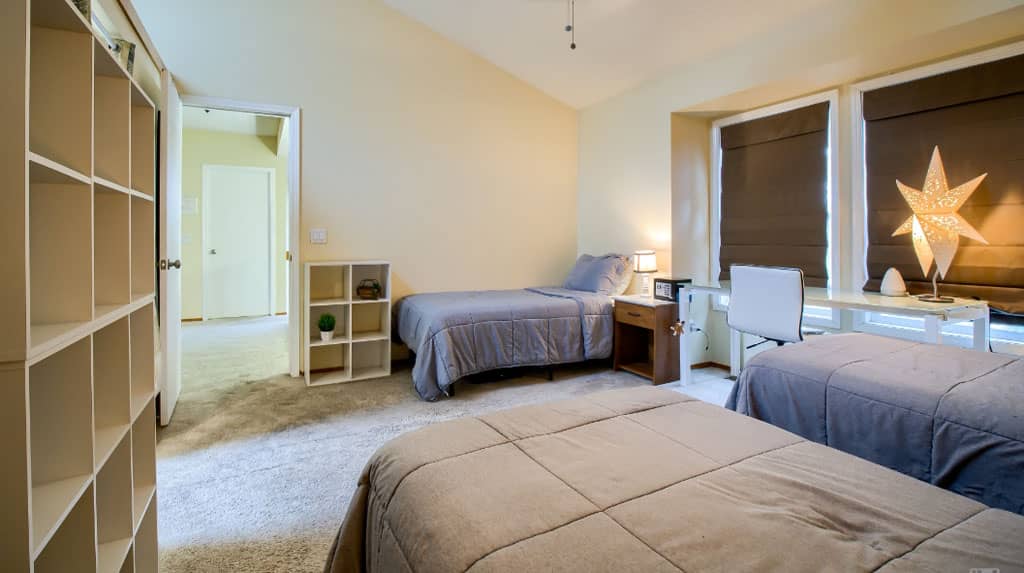The journey to recovery involves many important decisions, and choosing the right living arrangement is one of them. Halfway houses and sober living homes are two well-known options, each providing distinct support to help individuals transition back into everyday life.
While both provide structured environments, understanding their differences can be the key to choosing the one that fits your recovery goals. Whether you’re seeking accountability, independence, or community support, knowing what these spaces offer is a vital step in moving forward.
In this article, we’ll explore the purpose, costs, and rules of halfway houses and sober living homes, along with who they’re best suited for. By the end, you’ll have a clearer picture of which option aligns with your needs.
What is a Halfway House?
A halfway house provides a structured environment for people transitioning from institutional settings, such as rehab or prison, back into society. These homes are designed to help residents develop essential life skills, maintain their sobriety, and prepare for independent living.
The term “halfway” reflects the role these facilities play—they serve as a middle ground between fully supervised care and complete independence. Halfway houses often have strict rules, including curfews, mandatory drug testing, and required participation in recovery programs. These guidelines foster accountability and create a safe space for residents to establish healthy routines.
Many halfway houses are government-funded or run by nonprofit organizations, making them an accessible option for individuals with limited financial resources. While the primary focus is recovery, residents are encouraged to take steps toward reintegration, such as finding employment, pursuing education, or volunteering in their communities.
How Much Does a Halfway House Cost?
Living in a halfway house typically costs between $100 and $200 per week. These fees usually cover shared living spaces, utilities, and basic program support. The affordability of halfway houses makes them a practical choice for those needing structured support without a high financial burden.
Who Should Consider a Halfway House?
Halfway houses are ideal for individuals who need a structured environment to help them transition back into everyday life. They’re especially beneficial for people who aren’t ready to handle the responsibilities of independent living while maintaining their recovery.
If you’re unsure whether a halfway house is right for you, ask yourself:
- Do I need a stable, drug-free environment to stay on track?
- Am I struggling to find housing that supports my recovery?
- Would clear rules and routines help me build healthier habits?
- Am I willing to participate in group meetings or recovery programs?
Being honest about your needs can guide you in making the best choice. While halfway houses aren’t for everyone, they provide the structure and support some individuals need during the early stages of sober living.
What is a Sober Living Home?
A sober living home is a supportive environment for individuals in recovery from addiction. These homes offer a substance-free space where residents can gradually transition back to independent living. Unlike halfway houses, sober living recovery homes often cater to those who have completed rehab or detox programs and are looking for ongoing support.

Sober living homes have fewer rules than halfway houses, offering more freedom while still maintaining accountability. Many encourage attendance at group meetings and provide resources for personal growth, such as employment or educational support. The aim is to create a space where residents can regain confidence and develop healthy habits.
Privately owned and operated, sober living homes vary widely in size, amenities, and rules. Some cater to specific groups, such as women or professionals, ensuring a tailored experience that meets the unique needs of their residents.
How Much Does a Sober Living Home Cost?
The cost of living in a sober living home ranges from $500 to $2,000 per month. Homes that offer single rooms or additional amenities may charge higher fees. These costs usually cover shared living expenses, utilities, and access to recovery-focused resources.

Who Should Consider a Sober Living Home?
Sober living homes are a great option for individuals who want a supportive, recovery-focused environment while working toward independence. They’re particularly helpful for those who aren’t ready to return to their previous living situations or want to be surrounded by peers with similar goals.
If you’re considering a sober living recovery home, ask yourself:
- Do I need a structured but flexible environment to support my recovery?
- Am I committed to staying sober but unsure about living alone?
- Would I benefit from being part of a community with shared recovery goals?
- Do I want access to resources like group meetings or job assistance?

Answering these questions can help you decide if a sober living home aligns with your recovery journey. For many, it’s a stepping stone toward lasting sobriety and a brighter future.
What are the Differences Between Halfway Houses and Sober Living Homes?
While halfway houses and sober living homes share the goal of supporting recovery, they differ in key ways. Understanding these distinctions can help you choose the right path for your needs.
- Purpose: Halfway houses focus on reintegration into society, often serving individuals leaving institutional settings. Sober living homes are more centered on ongoing recovery and personal growth.
- Funding: Halfway houses are typically government-funded or nonprofit-run, making them accessible to those with limited resources. Sober living homes are privately funded, offering more amenities and flexibility.
- Rules: Halfway houses have strict guidelines, including curfews and mandatory meetings. Sober living homes allow for more freedom, with an emphasis on personal responsibility.
- Residents: Halfway houses often serve individuals mandated by the legal system, while sober living homes cater to those voluntarily seeking recovery support.
- Length of Stay: Halfway houses usually have fixed time limits, whereas sober living homes allow residents to stay as long as needed.

Benefits of Sober Living Homes Over Halfway Houses
Sober living homes provide a unique environment that promotes independence and long-term recovery. Unlike halfway houses, which often cater to court-mandated residents, sober living homes emphasize personal accountability and community-driven support.
Studies reveal that less than 43% of individuals who enter treatment for substance use disorders complete it, highlighting a need for improved support within halfway houses. Sober living homes address this gap by offering a nurturing space where residents can continue their recovery journey without the rigid structure of a halfway house.
An 18-month study showed significant benefits for sober living recovery home residents, including better employment rates and reduced criminal behavior. These findings underscore how sober living homes foster meaningful reintegration into society while maintaining sobriety.
How to Decide Between a Halfway House and a Sober Living Home
Choosing between a halfway house and a sober living home depends on your specific needs and circumstances. While both offer structured environments, their differences can help guide your decision.
Consider these factors:
- Your Recovery Stage: Are you transitioning from rehab, or do you need ongoing support?
- Legal Obligations: Do you have court-mandated requirements that align with a halfway house?
- Budget: Can you afford the costs of a privately funded sober living home?
- Preferred Structure: Do you thrive in a more flexible environment or need stricter rules?
- Support System: Do you value peer-driven recovery communities?
Reflecting on these questions can help you find the option that best supports your journey.

Are They Both Effective?
Yes, both halfway houses and sober living recovery homes are effective, but their success depends on the individual’s needs. Halfway houses provide structure and accountability, particularly for those reintegrating into society. Sober living homes, with their flexible and community-focused approach, excel at promoting long-term sobriety and independence.
While halfway houses may work well for individuals with legal obligations, sober living homes are often the better choice for those who want ongoing recovery support in a less restrictive setting. Ultimately, both play vital roles in helping individuals rebuild their lives and achieve lasting sobriety.
Conclusion
Finding the right living arrangement during recovery is a personal choice. Halfway houses offer structure and accountability, while sober living homes provide a supportive community and flexibility. Both options serve important roles in helping individuals transition into a healthier, addiction-free life.
Zen Mountain Sober Living could be the perfect fit if you’re looking for a nurturing space focused on long-term recovery.
Contact us today to see how we can support you on your journey to sobriety.




